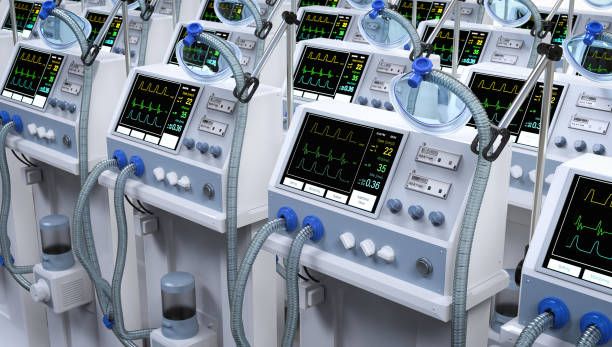Truth About Ventilator "Inventions"
Here's some truth on ventilator "inventions" that some companies and many universities claim to have built overnight:
Basic job of ventilators is to push the air in and out, to help patients breathe. That's all what most overnight designs do.
Feeback from body:
Most designs push air in a given frequency. But forcing lungs to expand and contract like a baloon will damage them. Sensors and some serious signal processing is needed to observe the muscle signals / pressure signal and detect when the lungs actually want to breathe and operate the ventilator accordingly with feedback.
Pressure & volume should be carefully monitored and kept within narrow limits, to prevent barotrauma and volume trauma - damage to the lungs, especially in COVID-19 patients, who lose lung elasticity. Volume is more difficult to measure: have to accurately measure flow and integrate.
Moisturizing air
Ventilator tube is pushed down the throat into lower airway. So the ventilator must do the function of the upper airway: moisturizing the air, as well. Dry air will damage the lungs.
Ventilators are expensive because they handle these plus a many more problems. Most low cost ventilator "inventions" we see lately don't do many of this, hence are useless. They are just PR stunts to make headlines and get people talking about their university / company. There's already a good old MIT paper with low cost ventilator design, that solves most problems, but people don't even include those ideas.
First posted on Facebook: facebook.com/abarajithan11/posts/10219254683509369



